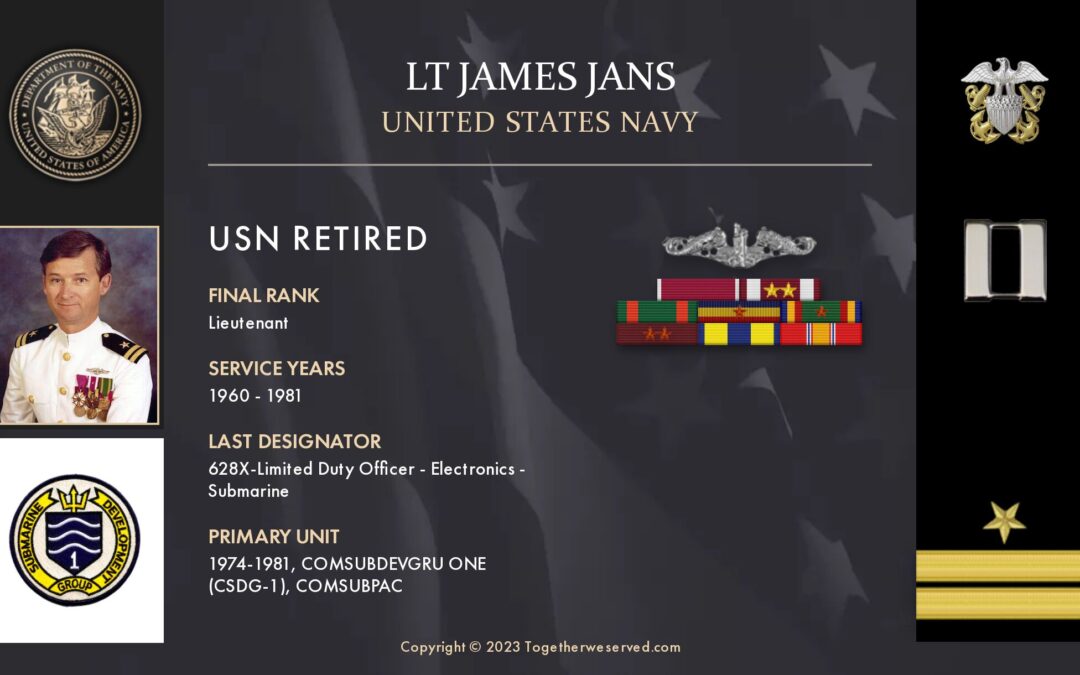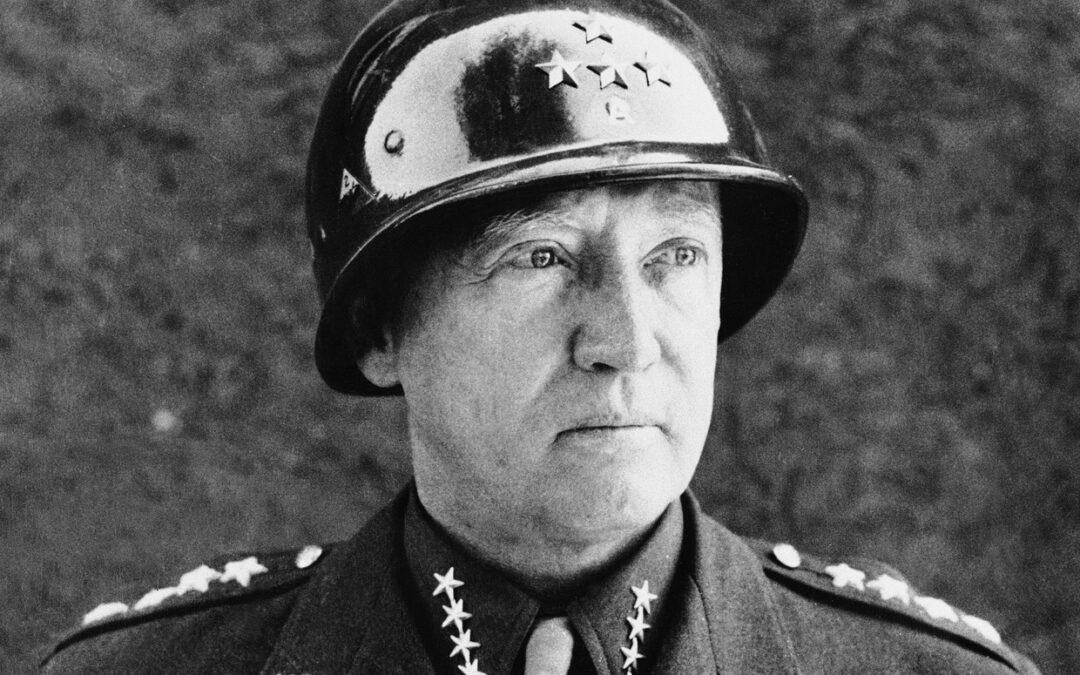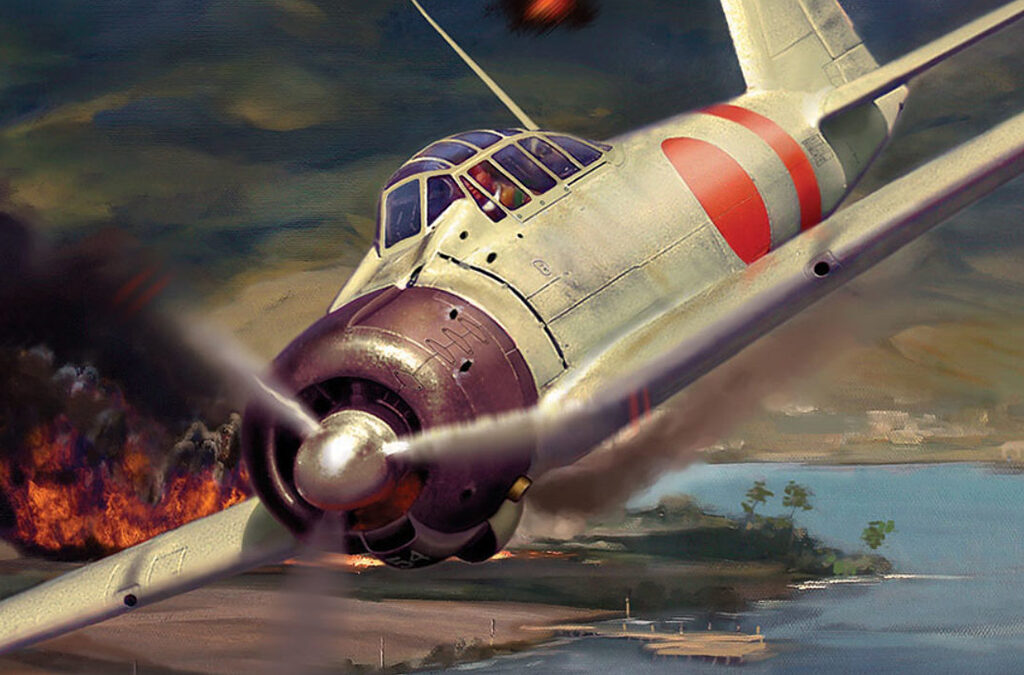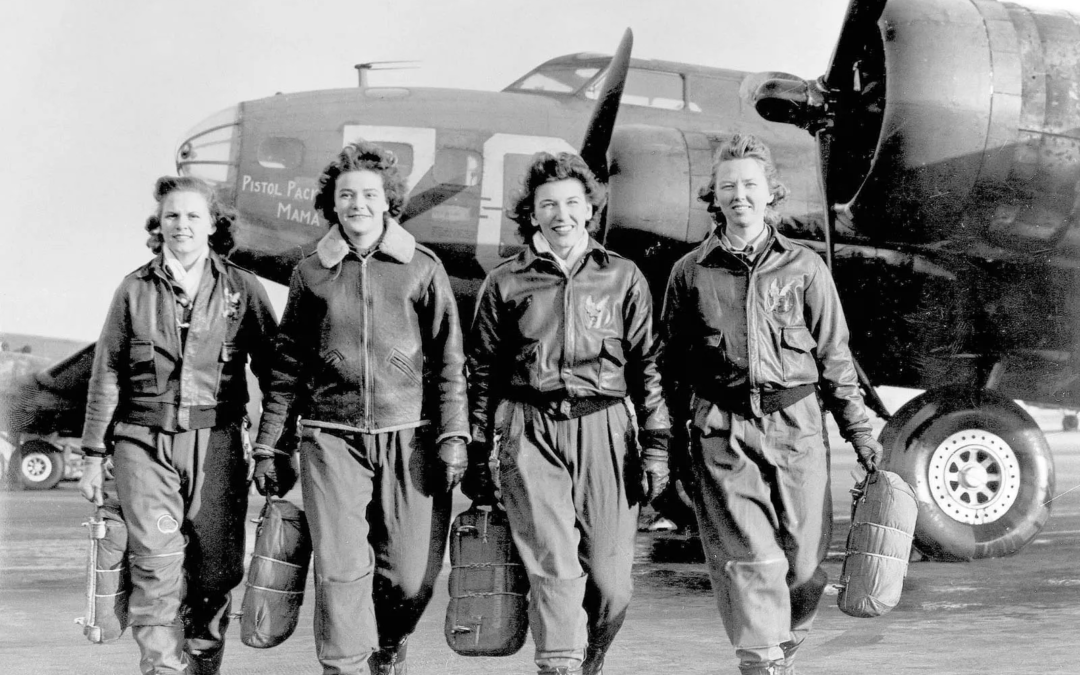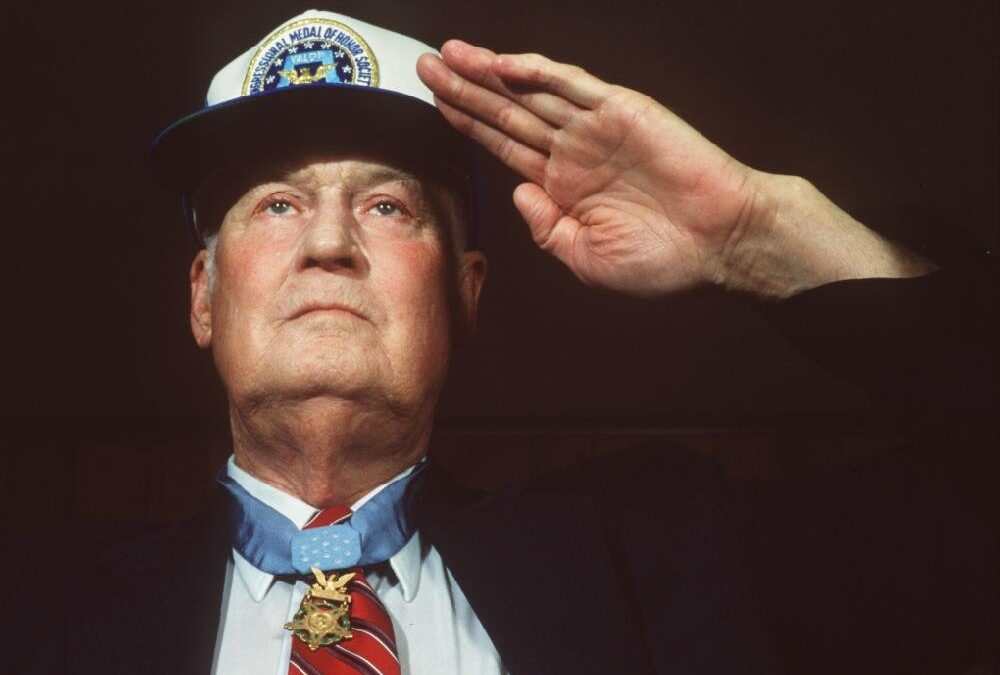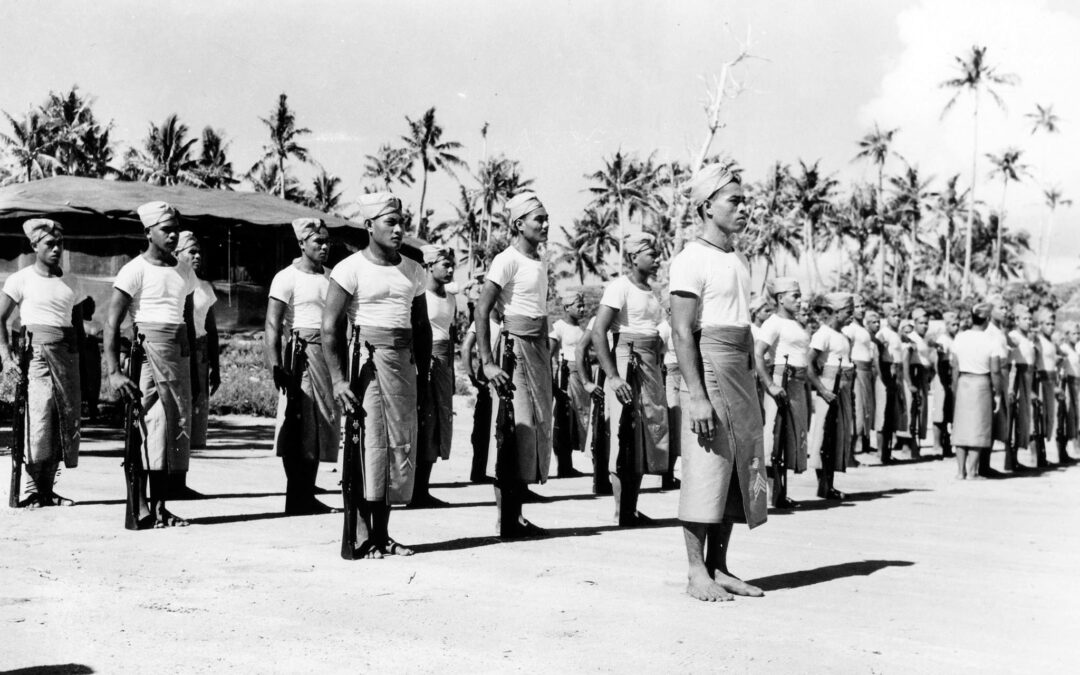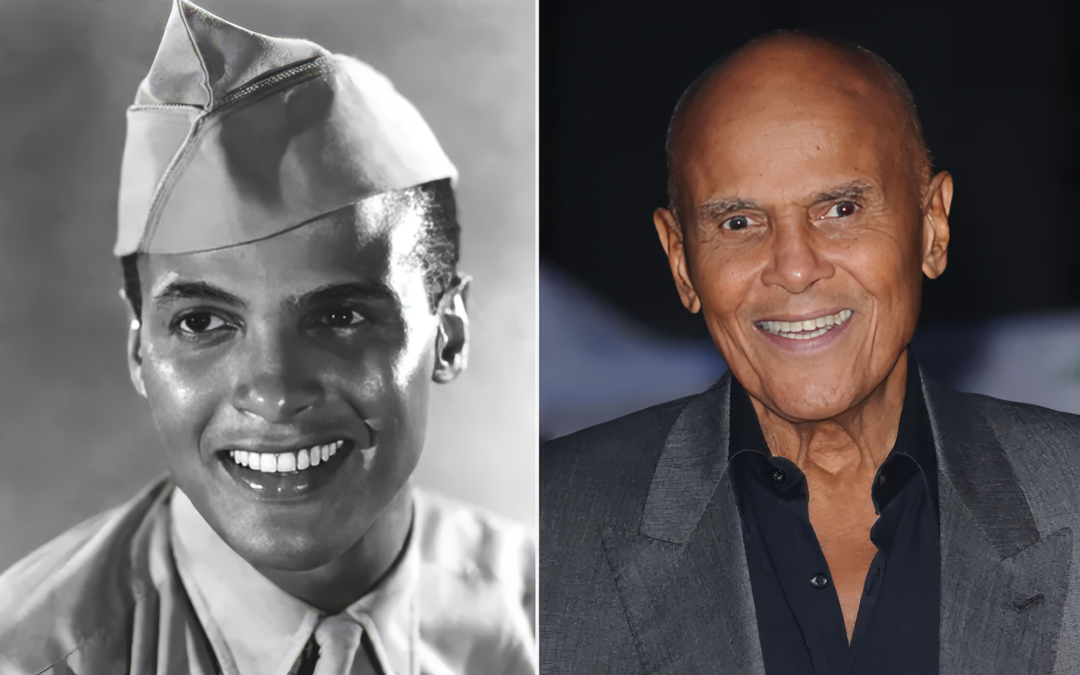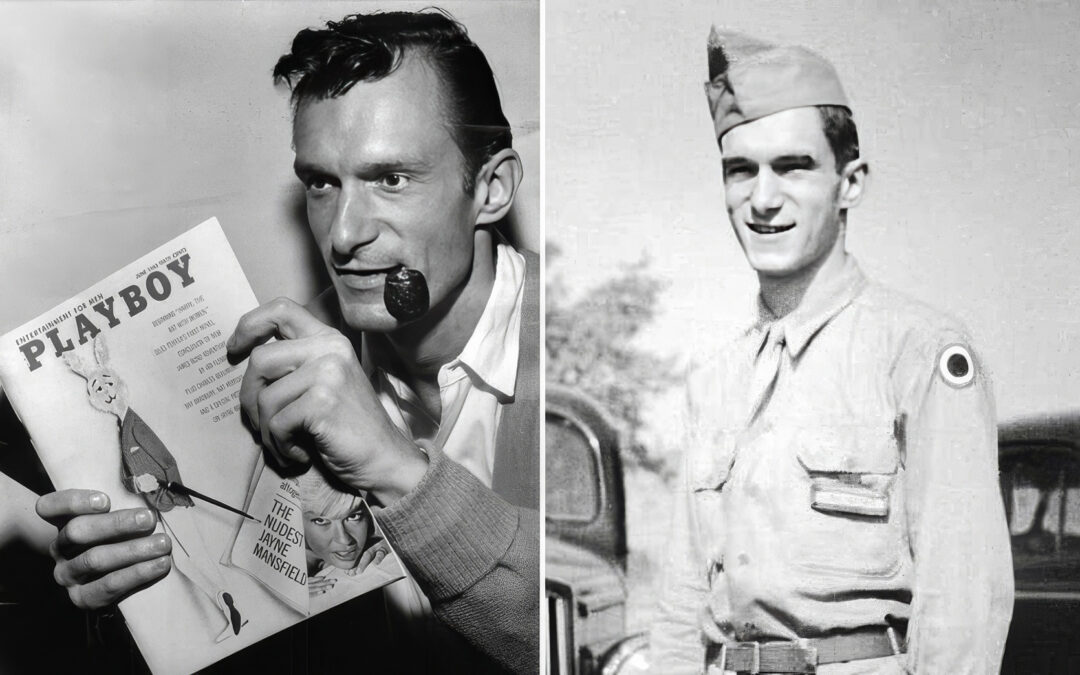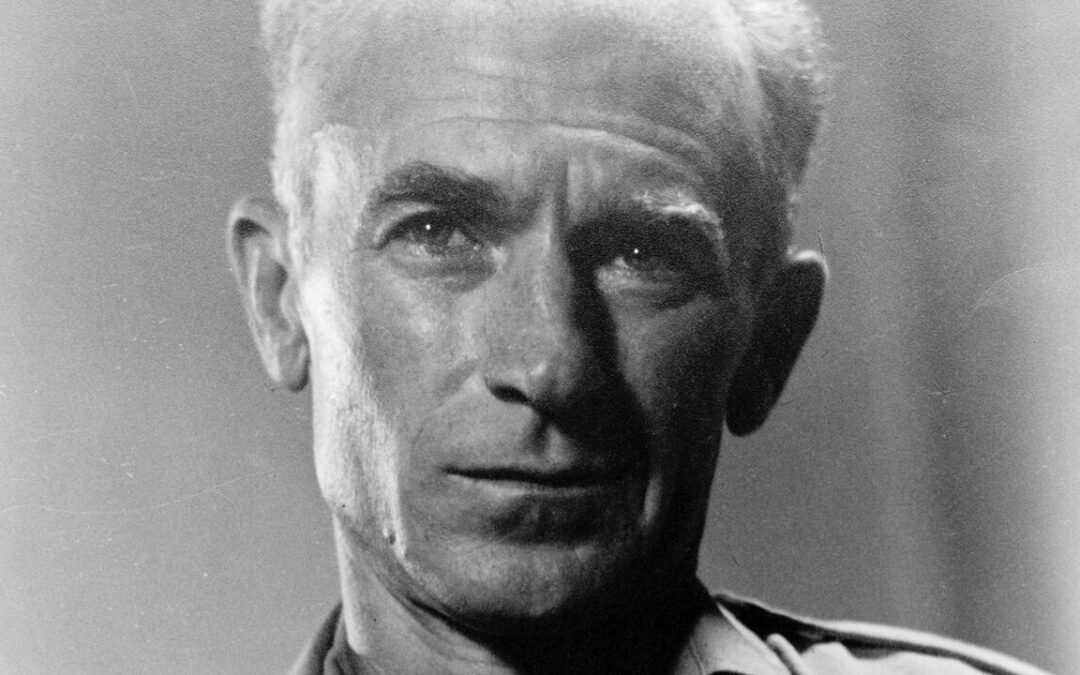Friends from my home town. One of my best friends from school joined the Navy and was stationed on the carrier Bon Homme Richard CVA-31 came home on leave and was wearing his Navy uniform. Being from a town 45 miles from an Army Base (Ft Huachuca), the Navy uniform seemed much more impressive than the Army fatigues that I was used to seeing. Plus, I was intrigued because I had never seen the ocean or any body of water bigger than the watering tank of a local cattle rancher. Also, to think that ships could have a larger population than the town I was living in was amazing. I needed to get out of town to a place where I would have the opportunity to develop my talents to more than being a service station attendant pumping gas at one of the local gas stations. I was all in for a career in the Navy.
